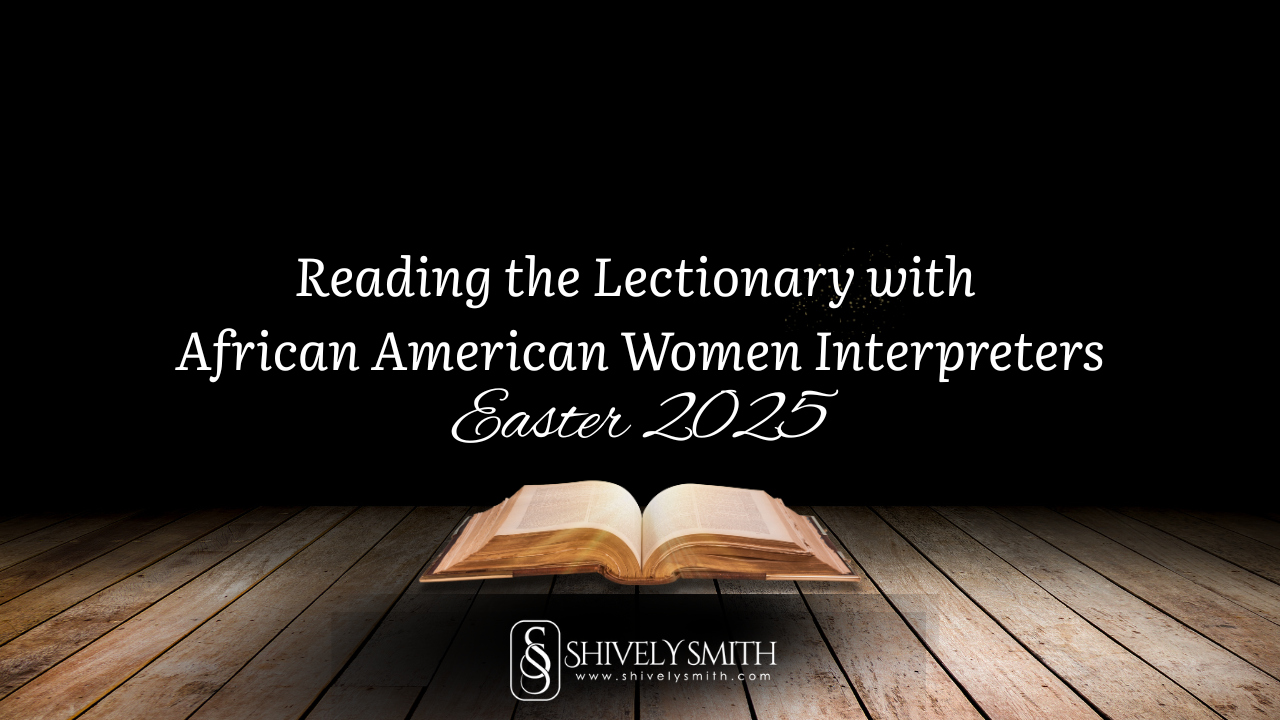
Lectionary Series
Take a look at Dr. Smith’s Ponderings newsletter. Click below to sign up today!
Maria Stewart’s “Prisoner of Hope” in Meditation III: A Liturgical Tapestry for the 7th Sunday of Easter
Maria Stewart’s declaration, “Glory to God that I am yet a prisoner of hope,” emerges in Meditation III of her book, The Collected Meditations of Mrs. Maria W. Stewart. It is both a personal confession and a theological anchor weaving together the lectionary texts for the 7th Sunday of Easter 2025. Rooted in Acts 16, where Paul and Silas’s chains become conduits for divine intervention, Stewart’s “prisoner of hope” reframes captivity as a posture of active expectation. She writes not from a literal cell but from the suffocating constraints of racism and sexism, yet her hope is like the apostles’ midnight hymns—“rejoice[s] that the Lord God omnipotent reigneth” (echoing Psalm 97:1). Here, Stewart mirrors the psalmist’s vision of God’s sovereignty shaking the earth with righteousness, even as her own world trembles under injustice.
Keep In Mind this Week from Stewart:
Stewart’s “prisoner of hope” –– Hope is a daily act of joyful resilience, a choice to sing with gratitude and trust in God’s presence, much like Paul and Silas found music and meaning together in the night.
Stewart’s Scriptural Mosaic –– She gathers the colors of God’s sovereignty (Psalm 97), new life (Revelation 22), and Christ’s longing for unity (John 17) into a single vision, reminding us that hope grows strongest when we hold faith and community together.
Stewart’s Words –– Our hardest places are not the end of the story, but holy ground where the Spirit breathes new courage as we journey from Easter toward Pentecost.


